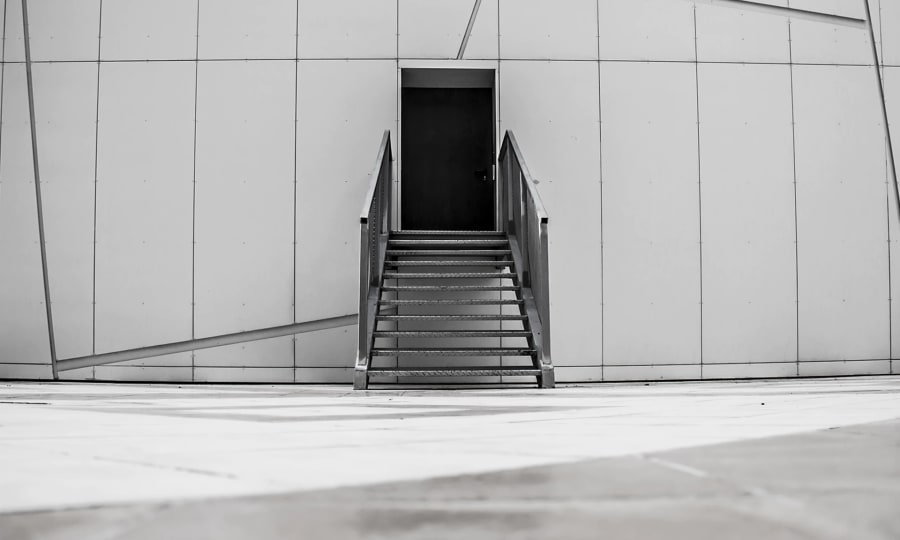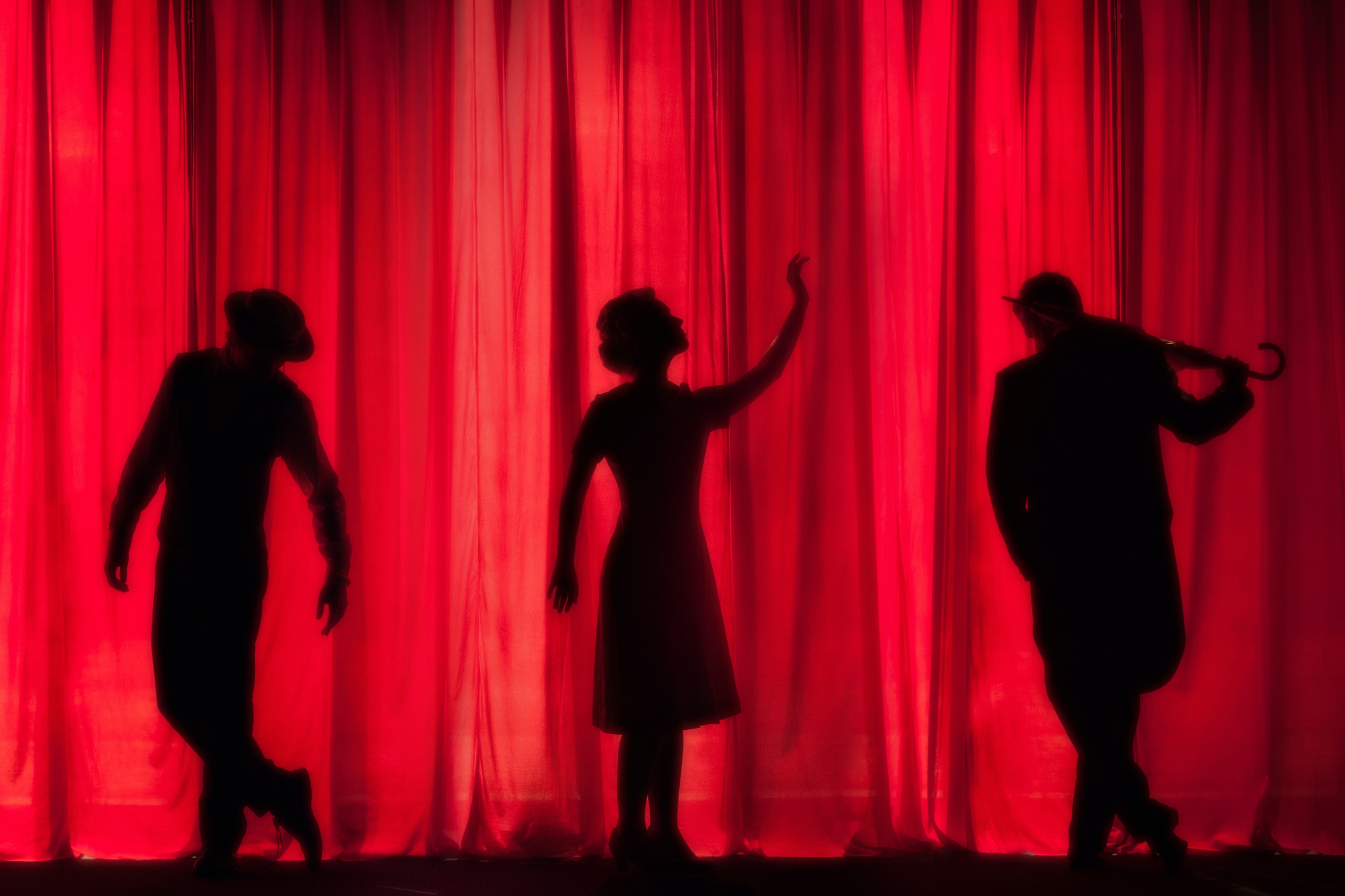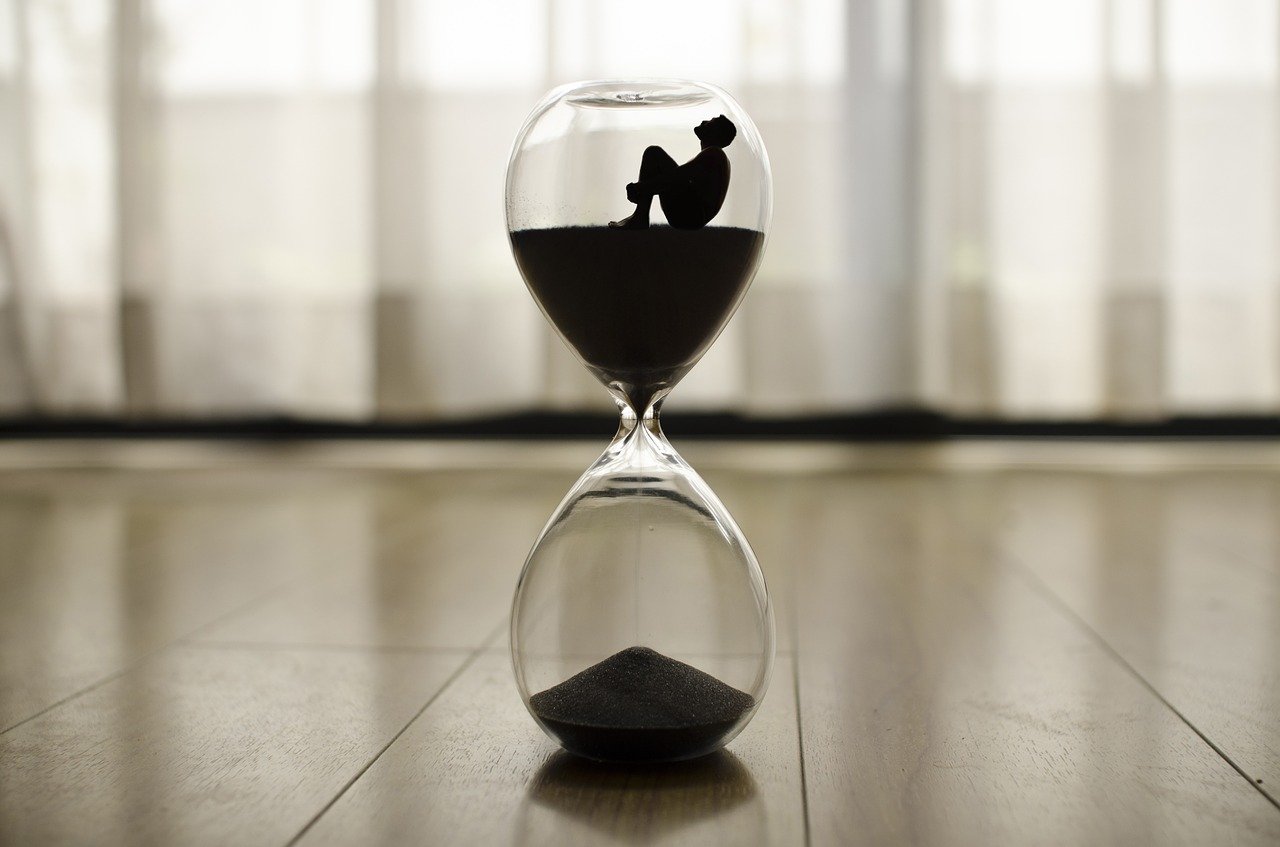Art in a Time of Covid
Reopening is a Triumph, but for Who?
Taking a look at the ongoing struggle for equitable inclusion.
June 03, 2021
Amidst the panic, horror, and grief of spring 2020, one fear that started to reverberate was the anticipation that when theater came back, it would ultimately be more exclusive than ever.
The prediction was more revivals of reliable cash cows and “Broadway Blockbusters,” to ensure that lost revenue could be recovered, with priority on safe financial investments rather than reflecting current artistic voices. As with everything, the price for this would be disproportionately paid by queer artists and artists of color. As big Broadway shows begin to announce reopening dates I need to make one thing clear: I have no interest in returning Broadway, or the arts industry at large, back to business as usual. The pandemic has already forced the industry to acknowledge problematic exclusivity to our patrons which we have finally begun to bridge through increased digital programming. However we have yet to fully address our duty to inclusion as it pertains to the artists and administrators within our halls. This equity should be just as important to planning your return as getting a COVID compliance officer on staff, and there is no excuse for shirking this responsibility. Lip service towards these initiatives is not enough - and those that take actual action towards inclusion will mark themselves as true leaders in the arts and culture industry.
What You See Is What You Get
The Asian American Performers Action Coalition (AAPAC), founded in 2011, releases an annual study on equitable representation in Broadway and non-profit theater in NYC. The report shows what most underserved populations know to be true through their own experience: not just a disparity, but a gaping chasm of representation between white performers, and POC. In the most recent study of the 2017-2018 season, the AAPAC found that 61.5% of all roles on NYC stages went to White actors despite the fact that they only make up 32.1% of the city’s population. The closest margin between presence on stage and in the population went to Black actors who made up 23.2% of casted actors, and 24.3% of the population. However, this is the exception. 6.9% of roles went to Asians (who make up 13.9% of the population), and 6.1% to Latinx (29.1% of the population). Giving proportional representation to marginalized populations in one of the most diverse cities in the country should not be a goal, it should be the bare minimum. The fact that white actors are seen on stage nearly twice as much as they are on the sidewalk should not be accepted.
Some casting directors approach this problem by trumpeting inclusive/racially blind/”non-traditional” casting. A benefit of inclusive casting is the opportunity to elevate marginalized performers into roles that might be originated by, or written for, white performers. Theoretically this practice should make casting a true meritocracy. However, bias does not go away just because you change the label on Casting Networks or Actors Access. Another section of the AAPAC’s report found that roles which were marked for inclusive casting only went to POC artists 20% of the time. The report remarks that “although 20% is the highest marker in the 12 years for which we have data, it demonstrates a continued low rate of acceptance of BIPOC actors in non-racially specific roles.” We have heard, seen, and said it time and time again: representation matters. In every other area of business we have metrics, KPIs, and strategies for increasing output. In those contexts, a 20% success rate would never be tolerated, but when it comes to inclusive casting it’s an acceptable 12 year high. This progress isn’t just slow -- it’s a dawdling crawl. Offering inclusive casting with no enforcement or follow up to ensure it is having the intended effect, is the equivalent of patting yourself on the back for buying a screwdriver without building the shelf.
If a Tree Falls in a Forest and No One is Around...
Of course, the lackluster efforts towards equitable representation don’t stop at the casting table. It won’t matter if the stage is a perfect pie chart if the messages being sent by playwrights and directors aren’t just as diverse. According to the AAPAC in 2017-18, BIPOC playwrights made up 20.8% of all productions in NYC, a marginal improvement from the previous year where they represented 13.2% of all plays produced and only 5% of Broadway shows. Theater could take a lesson from the debates of the past year surrounding distanced learning in higher education. Some of the benefits of higher education have nothing to do with the curriculum or professors, but everything to do with living and breathing other people’s perspectives and life experiences. The same is true in theater - Hamilton would be an infinitely different musical if it was not written by a Puerto Rican American who was vastly more interested in the story of immigrants than an intro to macroeconomics. The sluggish inclusion of marginalized playwrights is maddening. It’s thrilling to hear that an Asian American woman wrote a play produced on Broadway, it’s infuriating to learn that the first time this ever happened was 3 years ago (Straight White Men by Young Jean Lee).
Even when these artists are able to get their work on a stage, control of the story is consistently handed over to non-marginalized directors. In the 2017-18 season, only 14.4% of all productions were led by BIPOC directors. Part of a director’s job is to present a unified vision of a work for the consumption of the audience. A good director will work to bridge the gap between their experiences and the text through research and dramaturgy. Marginalized artists are forced to do this by virtue of constantly having to reconcile their existence with texts they see and work on. This labor is continued when their identity is more of a headline than their work: Female Playwright Suzan Lori-Parks, Asian Director Chloe Zhao, Transgender Actor Elliot Page, Gay Actor Billy Porter. For white artists who aren’t forced to reckon with this every day, the path of least resistance and greatest comfort for them is neutrality which ultimately erases the identity of the people involved. Willful ignorance serves neither the narrative nor the artists involved. It is not enough to put marginalized artists onstage, or to produce a diverse group of playwrights, you must also ensure that the people guiding those productions are diverse if you want to truly have a variety of voices.
Who’s In Charge?

It is not enough to show diverse content: the segregated South had no issue booking black performers in white-only venues and denying them of any real voice or agency. In fact, diversity which only takes place on the stage places the burden of advocacy on those who arguably have the least power to speak up. On April 23rd, Aneesh Seth released an open letter detailing years of painful experiences at the Public Theater. At around the same time, Karen Olivo made a splash by announcing they would not return to Moulin Rouge!, stating that they wanted “a theatre industry that matches [their] integrity." Both performers expressed an exhaustion at bearing the burden of trying to perform at a high level, while simultaneously solely bearing the burden of representation and advocacy for marginalized groups. While their letters and interviews are beautifully written, Moulin Rouge! will still return in September, and The Public isn’t in danger of losing support. This industry is built on telling people that they are expendable; that any little misstep will get you fired and replaced by someone willing to jump however high they are told to. So in order to have any kind of systemic and long term impact, representation must happen outside of the production cycle at high levels within an organization.
Casts, directors, designers, writers, all come and go within a season, however administrators are primed to hold their organizations accountable in all the areas I’ve discussed. Administrators select programming, and which playwrights are given a voice within their season. Administrators can advocate to cease working relationships with directors who ignore the innate contributions of their artists and instead discriminate by prioritizing a “neutral” production. Administrators are not obligated to continue using casting directors who continually miss the mark when providing equitable opportunities for marginalized artists. Administrators and artistic directors have the power to continually advocate for equity, and create consequences for those that fail to meet that standard.
Leadership in this industry which does not actively work towards these missives fails to service their communities, but also their companies. Most positions at this level ask their occupants to cultivate the company, its relationships with consumers, and push it forward towards success. Yet of the companies surveyed by the AAPAC in 17/18, 100% of the Artistic Directors were white - you cannot claim to represent your community if you are only including a sliver of that community in your decision making. Performers are told to ensure their reputation is spotless to avoid being blacklisted - this goes both ways. Lackluster attempts to create inclusivity, and equity, are very obvious to those that are most affected by it. So company leaders that do not actively work towards an inclusive environment also deprive their organizations of talented artists who quickly learn where the exploitation of their talents for profit is more important than their right to a conducive work environment.
The Crisis is Already Here
In December 2020, the New York Times mentioned that the throttling of the arts industry would lead to a “cultural depression” as artists were forced to seek other careers, and new graduates who would usually fill the industry with new blood were waylaid. I would argue that the minimization of marginalized artists and administrators in the highest level of this industry has already created one. We See You White American Theater, #FleeTheFlea, the public ousting of Scott Rudin, Karen Olivo’s departure, Aneesh Seth’s open letter… these are more than hashtags and headlines. They are breaking points. The AAPAC provides us with irrefutable data on where this industry is failing on equity, and making incremental progress. The 2017-18 report from the AAPAC is the most recent study available on their website, however can we honestly say that the studies on the years between then and now would yield substantially different results? And without specifically targeted shows like Hamilton, KPOP, and The Lion King, can you confidently say that the racial makeup on Broadway would even be as minimally inclusive as it is now? I certainly can’t.
A year ago, the footage of George Floyd’s murder seized social media, and earth shuddering protests swept the globe. I remember people asking me “Why is this the final straw? What makes this one special?” It’s a brutal question. The only answer I could come up with was context. The entire world was at home with no other stimulus or outlets to release our tension. No morning coffee breaks, no “Oof, did you see the news?” as you drop a jacket on your chair and settle in for the day. There was only our collective grief, horror, and rage, bubbling up and exploding with a force that demanded to be heard and reckoned with. The attacks in Atlanta in March 2021 brought me to a similar breaking point. After spending a year corralled inside, staring at my own face, I was forced to sit in stillness with nothing but my memories. I finally came to terms with the fact that my Othering was not limited to decades of “where are you from.” It was taking a stage name because even close friends still mispronounced my last name (Huang rhymes with “long” not “tang”). It was graduating college in the years between Aloha and Ghost in the Shell - two major films which were widely criticized for whitewashing. It’s realizing that my brief audition history overlaps with stars like Lana Condor and Ashley Park simply because there are so few roles for Asian performers that one show (KPOP) can be responsible for 20% of our representation.
Between all that, I finally was able to identify the joy in more recent moments when I was allowed to fully exist. I cherish walking into a reading and not being the only Asian face in the room. I revel in describing a beloved food or family quirk and having someone knowingly roll their eyes and smile. Being part of a show where we name the lighting presets after the queer flags they resemble (bisexual lighting is my favorite), and joyously owning queer or ethnic identities without it becoming an inconvenience. That is what equity and inclusion looks like. And the scarcity of those moments is what I reject when I hear “business as usual” in this industry. We are told to make our own art, to champion our own voices, but without industry-wide support and change instigated by the organizations in power, we will struggle to be heard. While you jump on social media bandwagons and wait for the opportune moment to update policies and create substantive change, artists wither, retire, and die. You cannot continue to fail generation after generation of artists through vociferous inaction. We are tired of waiting.
Reopening marks a major milestone in our ongoing recovery from COVID-19, but it is not reopening for everyone. For better or worse, Broadway is the machine that leads this industry. We’ve spent so much of this crisis focused on the business of theater, without much talk about how to support the people that hold it up. We’ve talked about socially distant audiences, without discussing the absurdity of upholding those same safety standards backstage. We wax poetic about reaching broader audiences and being stewards of culture and community, while never pausing to ask if we are actually providing marginalized members of our community an opportunity to speak. Hashtags fly, anti-racism and queer supporting initiatives get published on websites because that’s the trend, but when the social media fervor dies down, no action has been taken. I’m not the first to touch on this topic, and this piece doesn’t begin to address the breadth of it: Andrew Walker White wrote a 3 part series on toxic artistic leadership, Kelly Hartog highlighted that abusive practices against performers don’t stop or start with one person. But no matter how many pieces we put into the world, I’m not optimistic: the machine of this industry can still roll us over. Prove us wrong. Do better. Starting now.
Subscribe to the
newsletter
Sign up now to our utterly private, spam-free and occasionally insightful newsletter.






